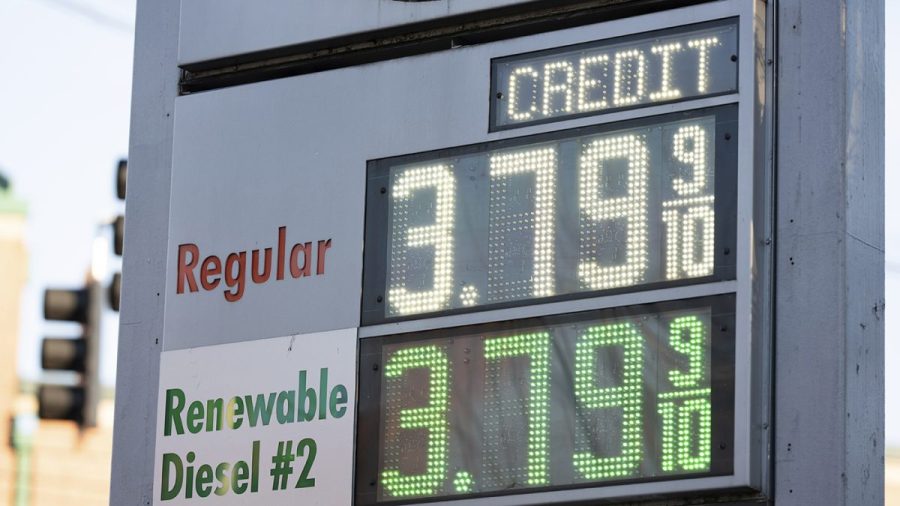(The Hill) — President Trump’s tariff on Canadian oil is expected to raise prices at the pump for U.S. consumers if it takes effect as planned after a 30-day delay.
Analysts told The Hill that the 10 percent tariff set to be imposed under an executive order Trump signed over the weekend would lead to a pricing bump, though it would not be evenly distributed. According to Patrick De Haan, head of petroleum analysis at GasBuddy, consumers in the Midwest, Rockies and New England would see the greatest impacts.
“New England relies on refined products from Canada,” said De Haan, referring to products like gasoline that are processed at Canadian refineries.
“Refineries in the Midwest, Great Lakes and Rockies rely more on the Canadian crude oil for sourcing oil for their refineries,” he added.
Ultimately, De Haan said, drivers in New England could see gasoline prices rise by 15 cents to 25 cents per gallon. In the Midwest, Rockies and Great Lakes, he predicted a hike of between 5 cents and 20 cents per gallon.
He noted that people in New England could also see a price bump for home heating oil of 20 cents to 30 cents per gallon.
Trump is planning to institute a tariff on Canadian oil and a larger 25 percent tariff on other goods from America’s northern neighbor.
However, he announced Monday evening that the tariffs, which would have taken effect at midnight, will be paused for 30 days to see whether the U.S. and Canada can reach a ” final Economic deal.”
He said that in the meantime, Canada has agreed to secure the U.S.-Canada border and try to prevent fentanyl from entering the U.S.
Canada is the top supplier of U.S. oil imports, providing 60 percent of the nation’s crude oil imports last year.
As of Monday, the average U.S. gasoline price stood at $3.01 per gallon.
Oil produced domestically or from other countries couldn’t simply be substituted for those imports because refineries in the Midwest and the Rocky Mountains are currently set up to receive Canadian oil via pipeline.
“Canadian crude and the Midwest refinery system were made for each other. Neither one of them really has substitutes or somewhere else to go,” said Clayton Seigle, a senior fellow at the Center for Strategic and International Studies’s energy security and climate change program.
“Our refineries need heavy oil to go with light oil that we mostly produce here at home,” he said. The refineries in question are set up to process the thicker “heavy” oil — which can be sourced from Canadian oil sands.
Seigle gave a more conservative estimate for impacts to the Midwest, a rise of between 7 cents and 15 cents per gallon in what he predicts will be the hardest-hit region.
De Haan said it would be very difficult and expensive to rejigger existing infrastructure to suit the tariffs.
“It’s like saying, can existing highway, you know, suddenly move and shift?” he said.
De Haan warned that the energy tariffs could also have broader-reaching impacts on the economy.
“25 percent tariffs to your No. 1 trading partner, yeah, they could sink the economy,” he said. “It could absolutely undermine the U.S. and Canadian economies at the same time.”
Ironically, fuel prices could go back down in the case of an economic slump, as people will want to travel less and buy fewer items.
“Tariffs on gasoline could be offset … if we start to see a recession or a slowdown,” he said.






Leave a Reply